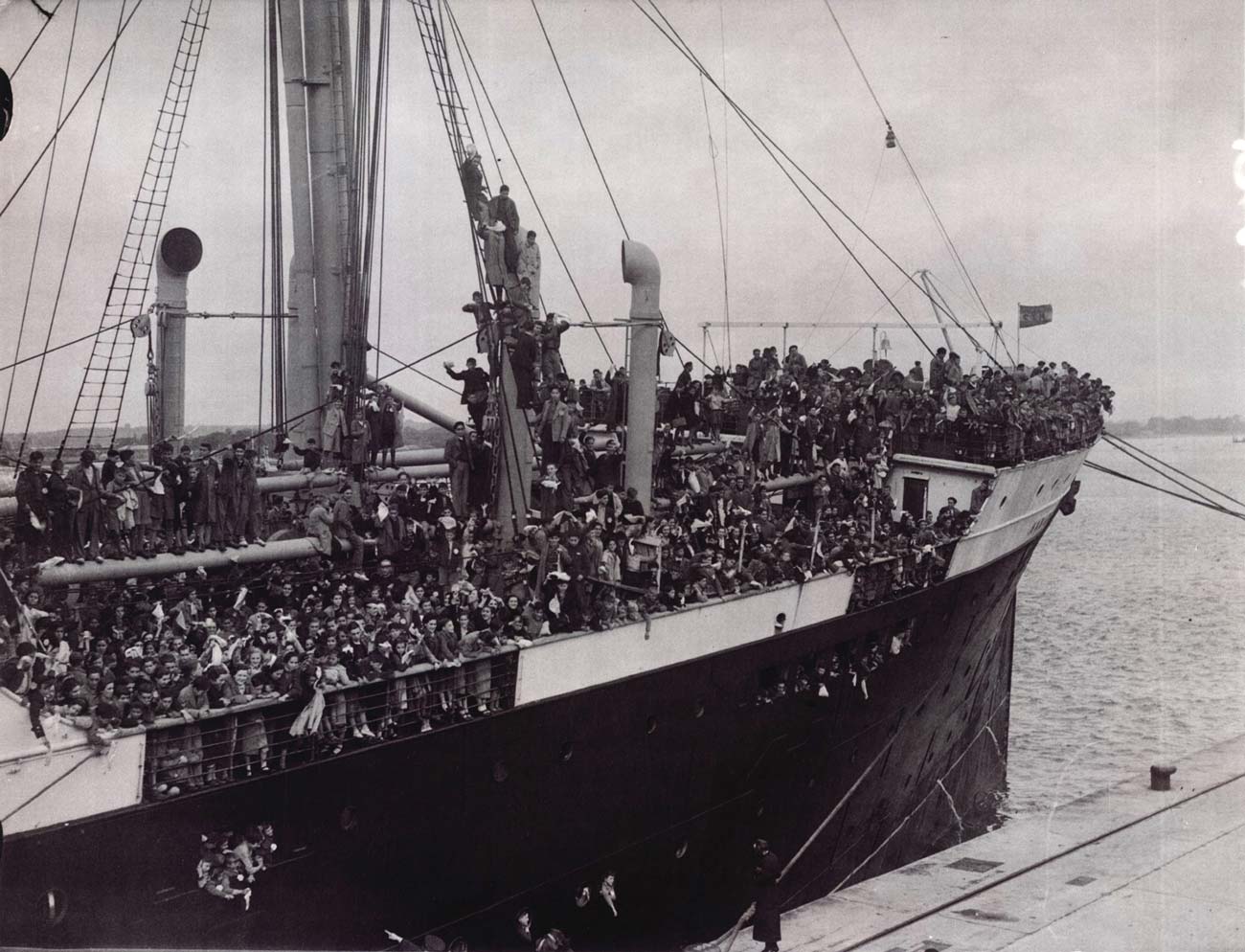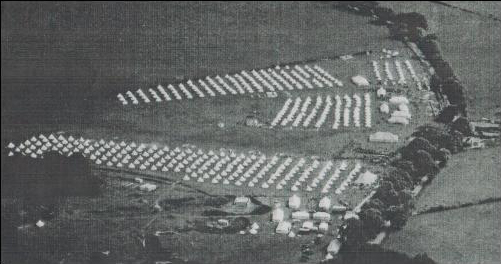Learn: Forgotten Stories of Basque Child Refugees in England
Exploring the history of the Basque refugees in the Eastern Region
Some of the Basque boys were moved to a colony at Oakley Park, Hoxne. Credit: Poppy Vulliamy Album, 1937-1939. MS440/3. Used with kind permission of the University of Southampton Special Collections.
Havens East, a new online exhibition and heritage project released in Refugee Week, uncovers the forgotten stories of Basque child refugees who sought sanctuary in Cambridge and Norfolk during the Spanish Civil War (1936-1939).
Using rarely seen film footage and original photographs along with the voices of rescuers and refugees, Havens East helps better understand how and why East Anglia was a safe haven for many Basque children during the Spanish conflict.
Due to the COVID-19 lockdowns, the project had to adapt and postponed plans like working with schools around a showcase event at The Norwich Playhouse; recreating a historic football match between the Basque Boys and Great Yarmouth Boys on Boxing Day 1937; and physical exhibitions in Cambridgeshire and Norfolk. Instead, it moved online (at least for now). And UNHCR is delighted to share here some of the stories that have emerged from the series and now form a unique online exhibition.
‘Havens East’ is a heritage project directed by Dr. Jeannette Baxter of Anglia Ruskin University and funded by The National Lottery Heritage Fund. The project engaged specialist researchers, teachers and heritage practitioners to work with citizen researchers, local schools, refugee groups and partner organisations.

Image: SS Habana. Credit: University of Southampton Special Collections MS404 A4164/7/1.
Read here about the journey from Spain to East of England. The SS Habana departed Bilbao on the morning of Friday 21 May 1937. Onboard were almost 4,000 children between the ages of five and fifteen; they were accompanied by 96 teachers, or maestras, 118 female volunteers, and 15 Catholic priests. Most of the children were with their brothers and sisters, but 498 were on their own.

It’s hard to imagine children living in a refugee camp in England. But that’s what happened at North Stoneham Camp. Credit: BCA’37 UK. The Association for the UK Basque Children.
And here about the Gallego Brothers, José and Antonio, known as Joe and Tony to their new Cambridge friends. They found football helped them to assimilate into English society. They both went on to play professionally – José as a winger for Brentford and Antonio as a goalkeeper at Norwich – before returning to star for the two senior Cambridge clubs, United and City.
And here about the Gallego Brothers, José and Antonio, known as Joe and Tony to their new Cambridge friends. They found football helped them to assimilate into English society. They both went on to play professionally – José as a winger for Brentford and Antonio as a goalkeeper at Norwich – before returning to star for the two senior Cambridge clubs, United and City.
This video was discovered during the research for the Havens East project. It shows the day to day lives of the children including their daily chores, schooling, day trips and national dance celebrations.
Older Basque Boys after arriving in England. Credit: University of Southampton Special Collections.
